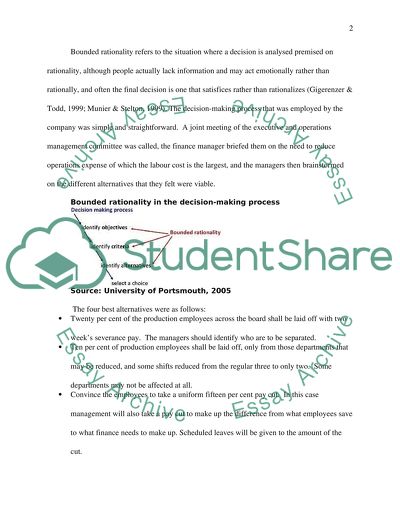Cite this document
(“Effect of the Economic Downturn on a Manufacturing Company Essay”, n.d.)
Effect of the Economic Downturn on a Manufacturing Company Essay. Retrieved from https://studentshare.org/marketing/1480703-effect-of-the-economic-downturn-on-a-manufacturing-company
Effect of the Economic Downturn on a Manufacturing Company Essay. Retrieved from https://studentshare.org/marketing/1480703-effect-of-the-economic-downturn-on-a-manufacturing-company
(Effect of the Economic Downturn on a Manufacturing Company Essay)
Effect of the Economic Downturn on a Manufacturing Company Essay. https://studentshare.org/marketing/1480703-effect-of-the-economic-downturn-on-a-manufacturing-company.
Effect of the Economic Downturn on a Manufacturing Company Essay. https://studentshare.org/marketing/1480703-effect-of-the-economic-downturn-on-a-manufacturing-company.
“Effect of the Economic Downturn on a Manufacturing Company Essay”, n.d. https://studentshare.org/marketing/1480703-effect-of-the-economic-downturn-on-a-manufacturing-company.


